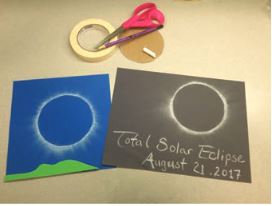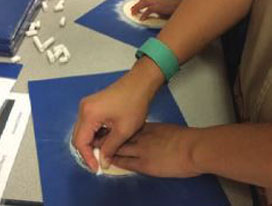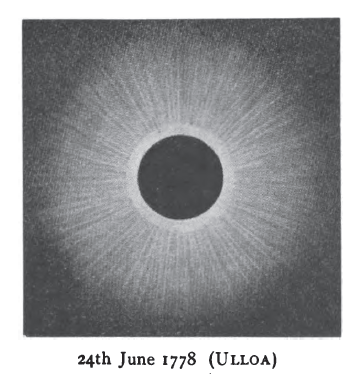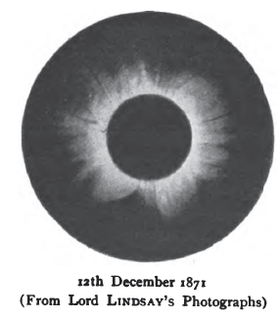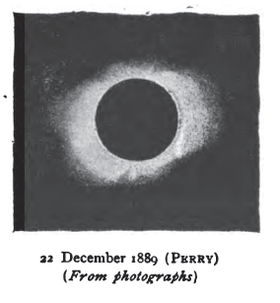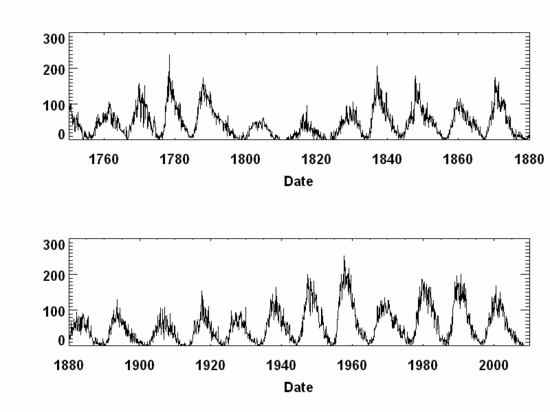Predict the Corona - Art Project
What do you predict that the corona will look like for the August 21, 2017 eclipse?
On Aug. 21, 2017, the United States will experience a solar eclipse. Along a path 60 to 70 miles wide stretching from Oregon to South Carolina, observers will be able to see a total solar eclipse. Others across North America will see a partial eclipse.
To prepare for the big event, NASA wants you to predict what the corona will look like! Create a drawing, add a brief description and share it with us via the NASA Solar Eclipse Flickr page or via Instagram using #Eclipse2017Corona.
After the eclipse, compare your image to actual coronal images that will be uploaded to our Flickr Gallery!
For ideas on how to create your own coronal drawing, Download the Eclipse Activity Guide and refer to Activity 14: ECLIPSE CHALK ART.
Background:
Before the advent of photography, astronomers tried very hard to sketch the fleeting shape of our sun’s outer atmosphere called the corona. This ghostly halo of light had been seen for centuries by naked-eye observers at the height of most total solar eclipses, but little was known in the 1800’s about its shape and extent or how these changed with time. Here are some of the sketches that were made of the solar corona during the 1800’s, and it is pretty easy to see that the shapes are complicated and change from eclipse to eclipse.
May, 1878. Corona near sunspot minimum
Corona near sunspot near sunspot maximum
Corona near sunspot maximum
Corona near sunspot minimum
One of the most interesting things about the corona is that it seems to change during the sunspot cycle. The following charts track the number of sunspots over hundreds of years.
The current sunspot cycle looks like this by May 2016.
